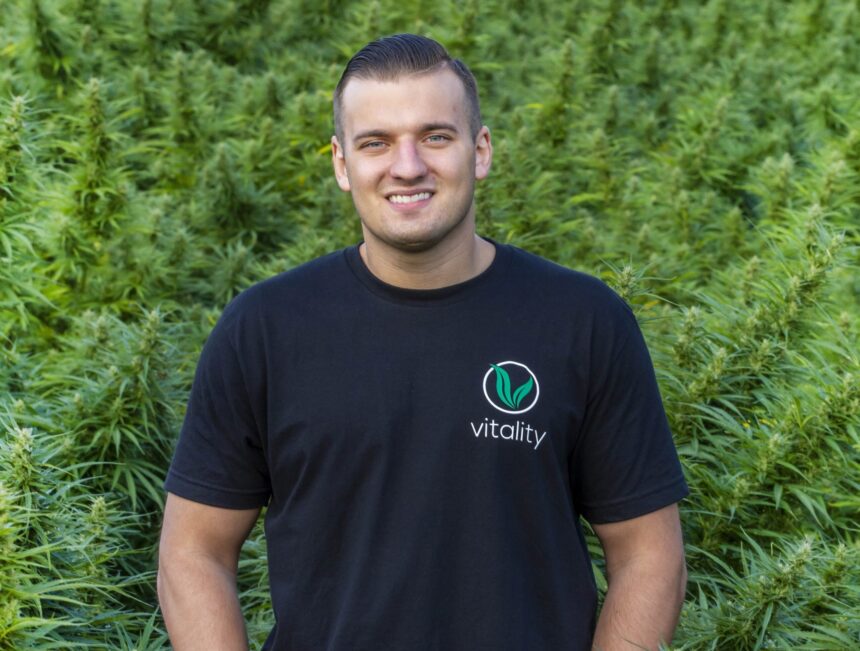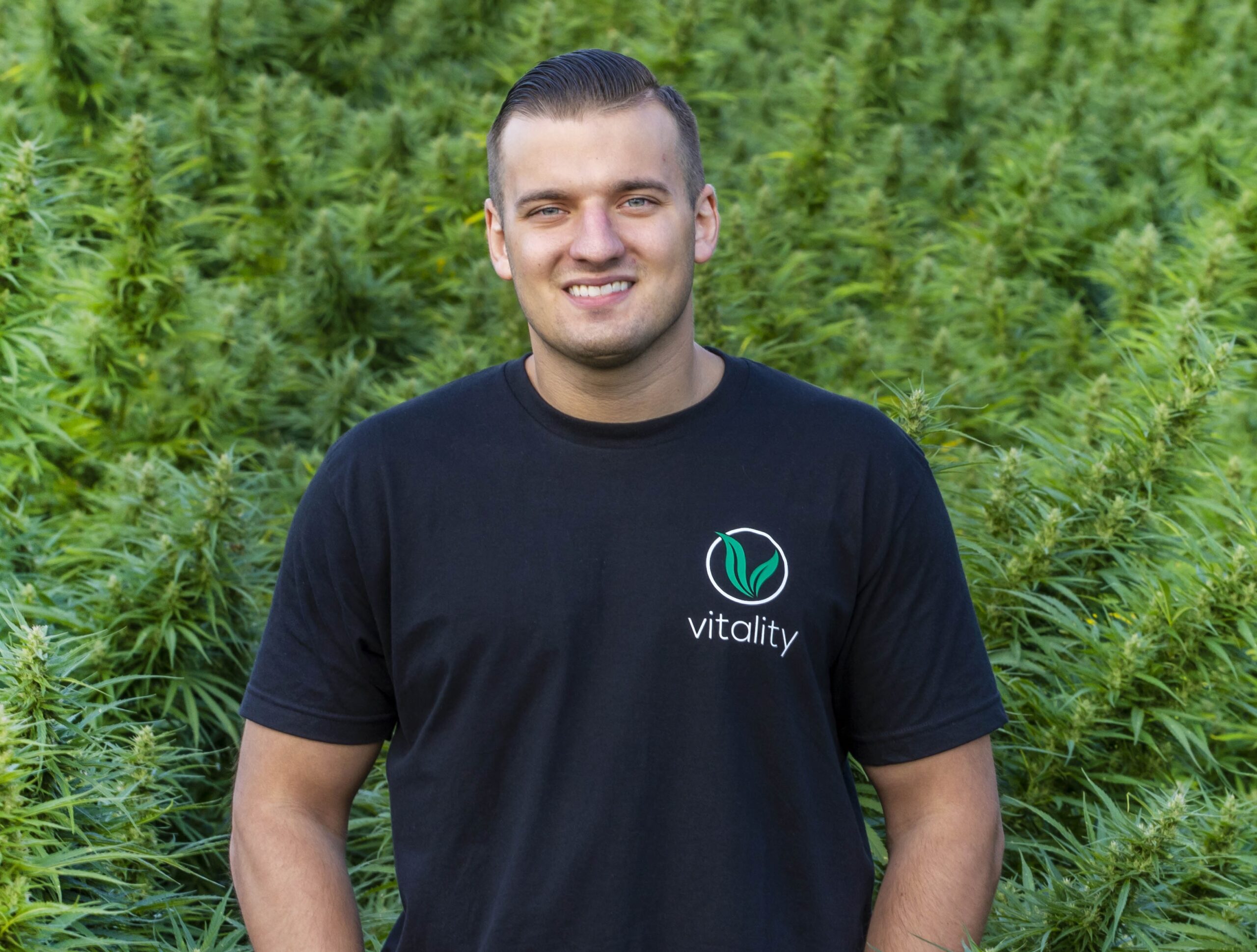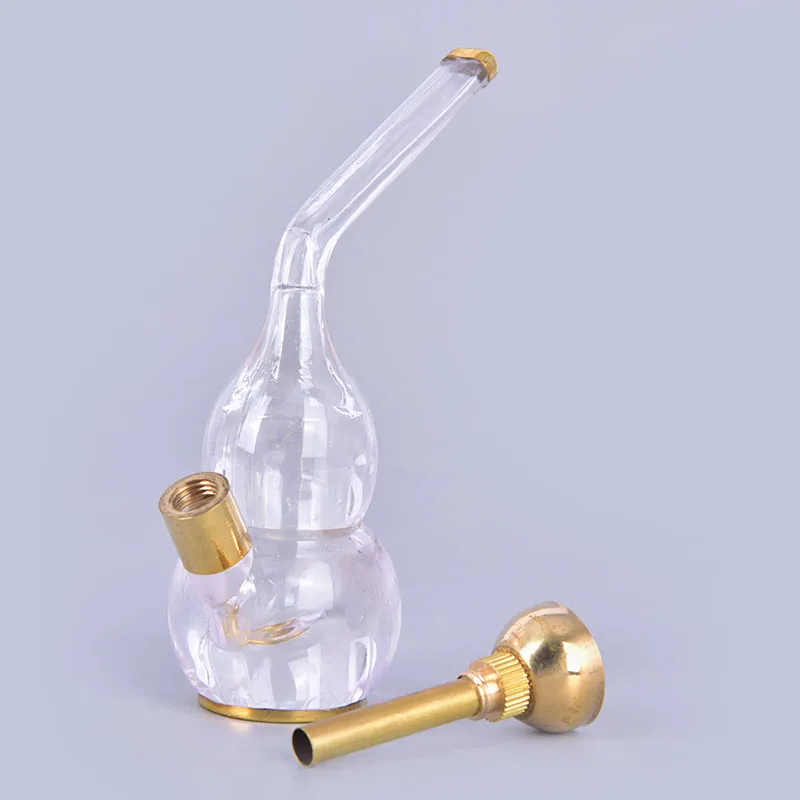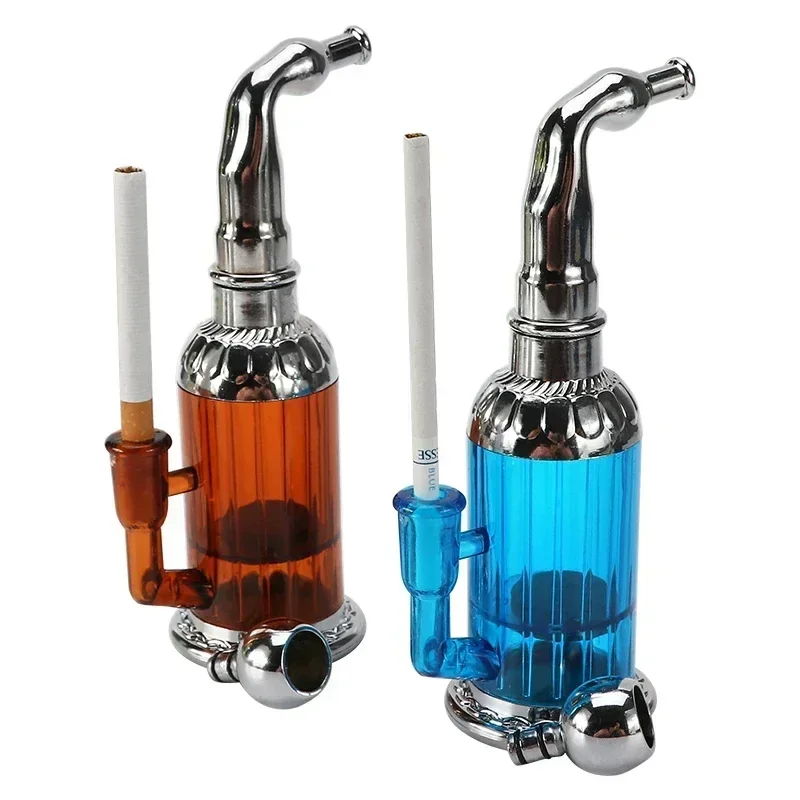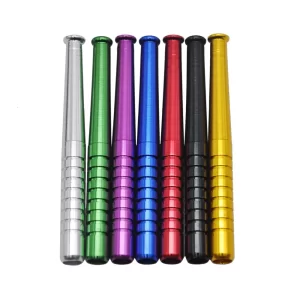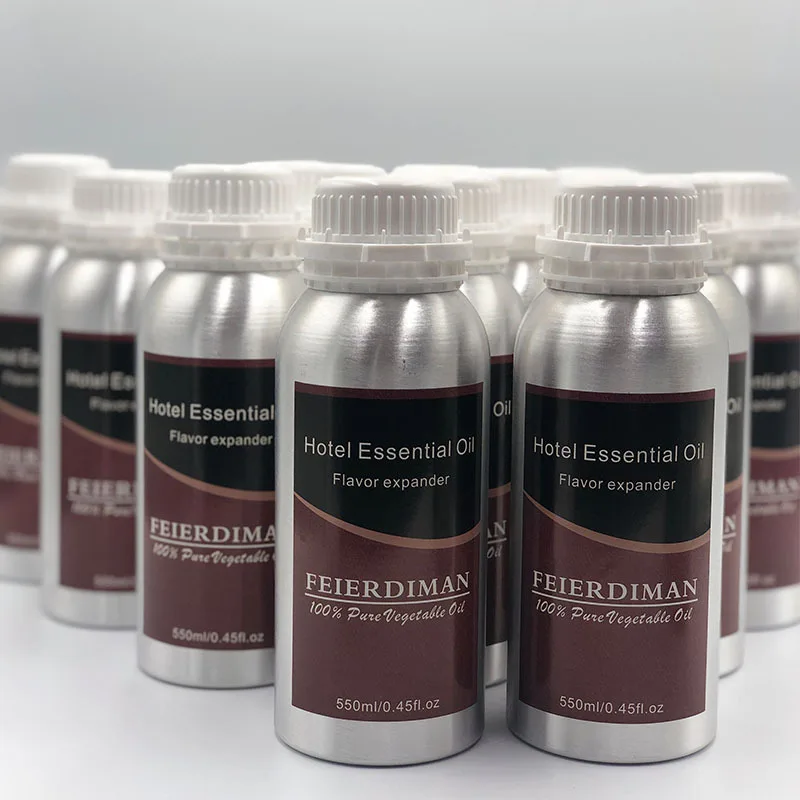We’ve come a long way since 2018. The Farm Bill opened the floodgates of legal, hemp-derived cannabinoids with an entire consumer market following in its wake. From CBD wellness products to THCA flower that delivers the same high as traditional cannabis, producers have met consumer demand with legal innovation.
But now, on the eve of the first update of this sweeping agricultural legislation, it remains to be seen whether lawmakers embrace science-driven regulation or politically-motivated prohibition. In turn, this decision will determine whether hemp-derived products gain recognition as legitimate therapeutic tools or be dismissed as loopholes that need closing.
Having worked with both therapeutic and recreational cannabinoids, I’ve witnessed how emerging research validates what users have long reported regarding anxiety, sleep, and chronic pain. Likewise, I’ve also seen how regulatory uncertainty undermines both consumer confidence and industry credibility. From my perspective, December’s update of the Farm Bill is a good opportunity to prioritize evidence over politics and unlock hemp’s full potential.
The Politics of Hemp
Producers like me have had to keep a close eye on this space and its many moving parts. To recap, Farm Bill 2018 dictated that hemp was legal as long as it contained less than 0.3% delta-9 THC. This meant that minor cannabinoids were fair game, giving rise to everything from non-psychoactive wellness-focused CBD to psychoactive recreational compounds like THCA flower and Delta-8.
Of course, the emergence of these new markets wasn’t without controversy. Conservative lawmakers felt blindsided since they never intended to legalize psychoactive cannabis compounds in this way. But, in 2022, the federal appeals court reaffirmed that compounds like Delta-8 derived from hemp were “lawful”, noting that “it’s for Congress to fix its mistake” if legalization was an unintended consequence.
In the meantime, unhappy state senators sought to close the gap. Despite being federally legal, more than 20 states have since restricted cannabinoids like Delta-8, arguing that it contradicts the spirit of the original regulation. Likewise, California introduced emergency regulations banning intoxicating hemp products last September.
The result is a mixed bag. Consumers often can’t trust what they’re buying, legitimate businesses struggle to comply across a patchwork of state jurisdictions, and lawmakers point to industry problems they helped create through regulatory neglect. Moreover, while politicians debate prohibitions, science is providing the answers they should be listening to as they write the next chapter of hemp regulations.
What Science is Discovering About Hemp-Derived Cannabinoids
At the same time, cannabis and cannabinoid research have flourished with lower regulatory barriers. Red tape subsided and science was finally granted a deeper look into the plant’s anecdotal benefits and whether they held up in the lab. Many indeed do.
For example, CBD proves effective in managing anxiety – one of the main reasons people turn to cannabis – without the cognitive impairment associated with THC. We’ve also seen promising research into CBD’s role in pain management and its potential to help with menopause symptoms. Sleep is another primary application. The Journal of American Nutrition Association examined 1800 adults experiencing symptoms of sleep disturbance and found that CBD has sleep-positive impacts on par with melatonin, an important societal discovery with approximately one in three adults not getting the recommended amount of uninterrupted nightly sleep. Further, the same study also showed favorable physiological and pharmacological safety profiles for CBD. It’s also worth noting that other research is still ongoing into how cannabinoids can assist with other things like managing nausea, easing inflammation, and even delivering neuroprotective benefits.
It’s also helpful to have scientific insight into dosage. A new review suggests a maximum daily CBD intake of up to 160 milligrams for healthy adults while recommending a more conservative 70 mg daily limit for those who are pregnant, breastfeeding, or trying to conceive. These evidence-based guidelines represent another significant step toward establishing therapeutic cannabinoids as legitimate wellness tools with scientifically backed applications. The same goes for intoxicating cannabinoids and looking into how they impact users and long-term outcomes. This growing body of research stands in stark contrast to the regulatory uncertainty plaguing the industry, highlighting why evidence – and not politics – should guide hemp’s future.
Consumers Must Come First for Industry and Regulators
This isn’t to say everything’s perfect in the world of hemp-derived cannabinoids. They’re not and some regulation is likely required to weed out bad actors. Without oversight, for example, there have been cowboy operators with untested products containing harmful chemicals, pesticides, and inaccurate labels. These irresponsible producers not only harm consumers but also undermine confidence in legitimate companies that invest in proper testing and organic sourcing. Thankfully, they’re a minority and deserve stricter oversight, but they also don’t justify punishing the majority of us who do the right thing.
I fear that we’re on the way back to strict cannabinoid prohibition that undoes all of the good of the past few years. This would ignore scores of scientific research and millions of consumers who find therapeutic benefits in compounds like CBD. We need something that politics often struggles to deliver – nuance – in keeping this industry alive while adequately safeguarding against admittedly poor products and producers.
Let’s hope industry and regulators can come to the table and use the second half of this year to come to common-sense conclusions for Farm Bill 2025. This could involve better and stricter compliance, creating comprehensive testing requirements, transparent labeling that empowers consumer choice, and appropriate access controls for intoxicating cannabinoid products.
Smart regulation led by science rather than strict prohibition led by politics is the answer to eliminating bad actors without destroying an industry that’s finally delivering on its wellness promises.





